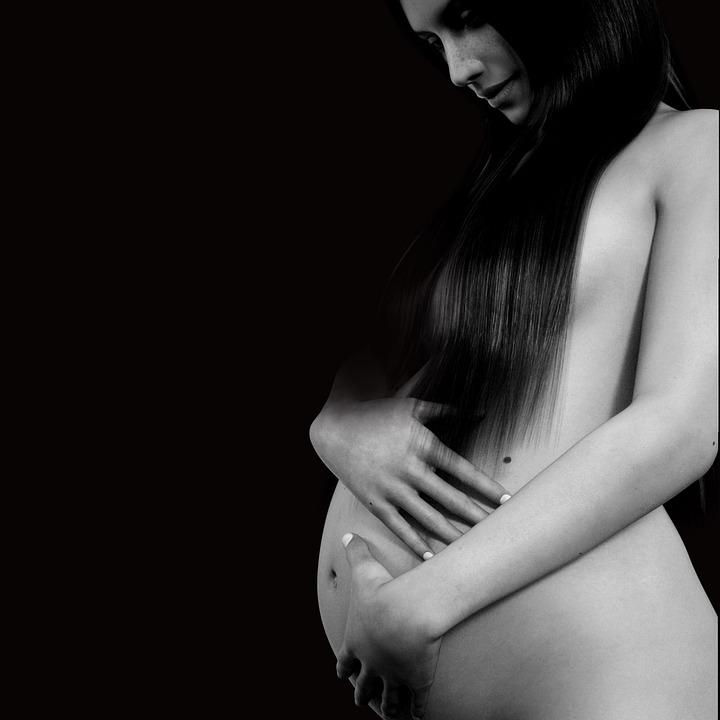
Last year, nine women in Sweden underwent experimental uterus transplants in the hope of bearing a child someday. The women all had healthy ovaries that produced eggs but eight of them had been born without a uterus and the ninth lost hers to cervical cancer. Before the transplant surgery, eggs were taken from each woman and frozen so they could be fertilized and implanted into their new wombs. The Swedish team of medical specialists has just announced that the first embryo implant has taken place. Others will follow in the coming months.
The woman who has been implanted with the embryo produced from her own egg was born without a womb, a condition known as MRKH (Mayer-Rokitansky-Kuster-Hauser syndrome). About one in 5,000 women have the syndrome.
Dr. Mats Brannstrom leads the team of specialists involved in the transplant project. He’s a Professor of Obstetrics and Gynecology at the Sahlgrenska Academy in Gothenburg, Sweden. According to Brannstrom, it’s impossible to predict a success rate because womb transplants are so new and, so far, no babies have been born as a result of the experimental procedure.
Pregnancy begins when an embryo becomes implanted in the wall of the uterus. According to Brannstrom, “the best scenario is a baby in nine months.”
The patient’s mother donated her uterus for transplantation into her daughter’s body. If this pregnancy proves successful and a baby is born, it will be the first time ever that a child is born from the same womb its mother was born from, adding an interesting new dimension to the story.
The womb recipients were already feeling profound effects of the surgery, even before embryo implants began. They describe having periods as “fantastic” and describe feeling “like a real woman, a normal woman, for the first time.”
The Brannstrom team of medical specialists includes psychologist Stina Jarvholm who foresees added burden befalling the women in the months to come. According to Jarvholm, "It's the gap between hope and despair: 'If everything works out I could be on the first step towards getting my baby, but I could also be on the first stage of trying everything and not getting a baby anyhow'."
Two previous womb transplants did not succeed. The uterus had to be removed after blood clots developed in a transplant patient in Saudia Arabia in 2000. In Turkey, pregnancy was achieved but resulted in miscarriage in 2011; the donated uterus came from the body of a young woman killed accidentally.
The donated organs in both previous transplants came from strangers, not relatives as is the case in the nine Swedish transplants. Brannstrom expects there to be less risk of rejection since the donated organs in his transplants came from relatives.
Read More:
Swedish Womb Transplants Bring Hope To Transgender Women
Cervical Cancer: Causes And Risks
